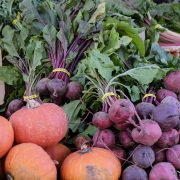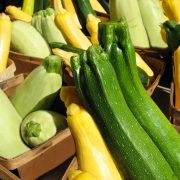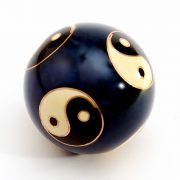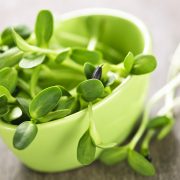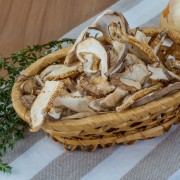Pumpkin Spice Latte or Turmeric/Ginger Latte?
I don’t know about you, but I have learned to appreciate the change in weather. Doesn’t it just warm you up and make you feel all tingly inside to see the beautiful red, yellow and orange leaves? Not to mention—how much I love all the warm seasonal foods at the local market.
And the Pumpkin Spice Latte—oh the PSL…the beverage that marks the beginning of fall for most people…
Me? I prefer to skip the PSL and you may want to as well. Especially when you consider that it contains caramel coloring, no real pumpkin, loads of sugar, preservatives and sulfites. Click here to read more about the ingredients in a Starbucks Pumpkin Spice Latte.
Instead, I prefer to warm up a big mug of Golden Milk (hint—it’s NOT milk at all) or what I call Turmeric/Ginger Latte to show my immune system as well as my root and solar plexus some good old-fashioned lovin’. Trust me, once you taste the frothy spiciness of this warm-your-belly herbal remedy…it’s sure to become your new fall staple.
This is just one of the delicious chakra nourishing fall recipes from my Autumn detox program. This upcoming detox program is going to be the best thing that’s happened to you in a long time (it involves releasing weight, letting go of foods, lifestyle habits and thoughts that no longer serve you and bringing in colorful vibrancy and energy to all areas of your life). For more information about the detox program click here.
Below is the recipe
Turmeric/Ginger Latte
Ingredients:
1 cup of unsweetened coconut milk
½ cup water
1 Tbs coconut oil
1 tsp powdered turmeric
1 tsp powdered ginger
2 tsp of cacao (optional)
1 tsp vanilla extract
Raw Local honey to taste or Stevia
1 dash of cinnamon
1/4 cup of unsweetened coconut milk
Directions: Place first seven ingredients in a small pot. Warm on medium heat until hot. Put in blender or nutribullet (my favorite type of blender). Add honey and 1/4 cup of cold coconut milk. Blend for about 20 secs. Pour in your favorite cup and add a dash of cinnamon. Enjoy!
The key to making this drink is blending all of the ingredients in a blender. This gives the drink a creamy, frothy like consistency. All I can say is delicious! I can’t seem to get enough.
Here are the benefits of this tea along with what chakras the ingredients nourish.
Coconut milk – contains minerals like, iron, calcium, potassium, magnesium and zinc. It also contains lauric acid, which has been found to exhibit antibacterial, antifungal and antiviral properties. Nourishes the sacral and crown chakra
Coconut Oil –contains healthy antiviral, antifungal and antimicrobial saturated fats. Contains lauric acid. Has immune system –enhancing properties. Is a antioxidant. Helps regulate blood sugar. Nourishes the sacral and crown chakra
Turmeric – anti-inflammatory, anti-oxidant, and is liver detoxifier. Nourishes the root, solar plexus and third eye chakra.
Ginger – anti-inflammatory, improves immune system. It also improves the absorption and stimulation of essential nutrients in the body, by stimulating gastric and pancreatic enzyme secretion. Nourishes the root, solar plexus and third eye chakra.
Cacao – contains minerals like magnesium, calcium, iron, zinc, copper, potassium and manganese .Essential vitamins such as: A, B1, B2, B3, C, E and Pantothenic acid. Is a antioxidant. Cacao can also increase the levels of serotonin, which help improve your mood. Nourishes the third eye chakra
Cinnamon – contains mineral like manganese, iron and calcium. Has anti-bacterial and antimicrobial properties. Is a antioxidant and also helps regulate blood sugar. Nourishes the solar plexus and third eye chakra.
Stevia and honey – nourishes the solar plexus chakra


